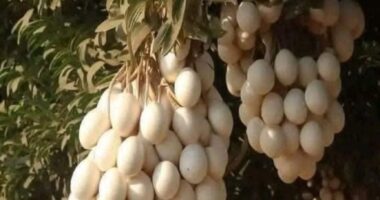If you’re seeking a versatile solution to improve both your soil quality and livestock nutrition, look no further than the remarkable fodder radish. In this article, we’ll delve into the world of fodder radishes, exploring their benefits, cultivation, and role in sustainable farming practices. Whether you’re a seasoned farmer or just beginning to explore agricultural innovations, this article will provide valuable insights into the potential of fodder radishes.
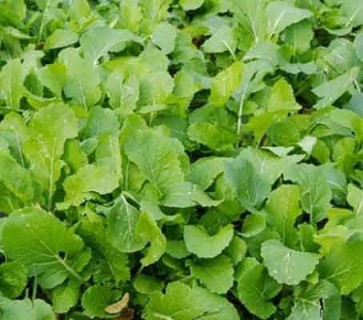
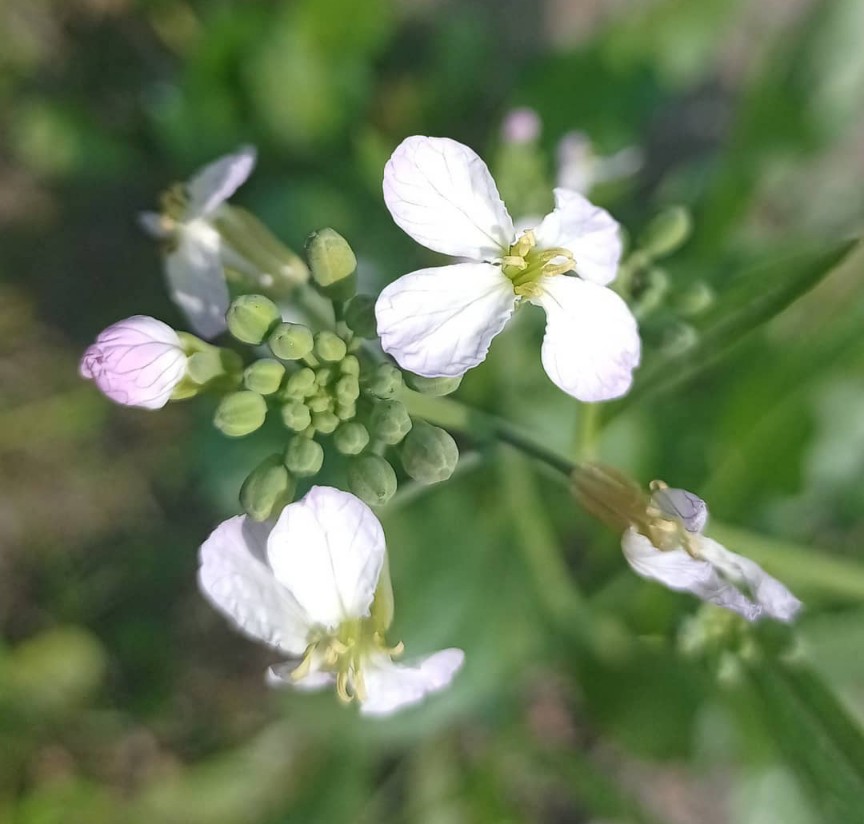
Introduction
In the dynamic landscape of modern agriculture, the importance of sustainable practices cannot be overstated. Fodder radish, scientifically known as Raphanus sativus, emerges as a standout performer in the realm of cover crops. Its unique attributes and multifaceted benefits make it a sought-after choice among farmers striving for ecologically balanced and economically viable farming methods.
Understanding Fodder Radish
It is a cool-season annual plant belonging to the Brassicaceae family. What sets it apart is its impressive taproot, which grows deep into the soil, breaking up compacted layers and enhancing overall soil structure. This taproot’s penetrative abilities improve water infiltration and aeration, contributing to a healthier soil ecosystem.
The Role of Fodder Radish in Cover Cropping
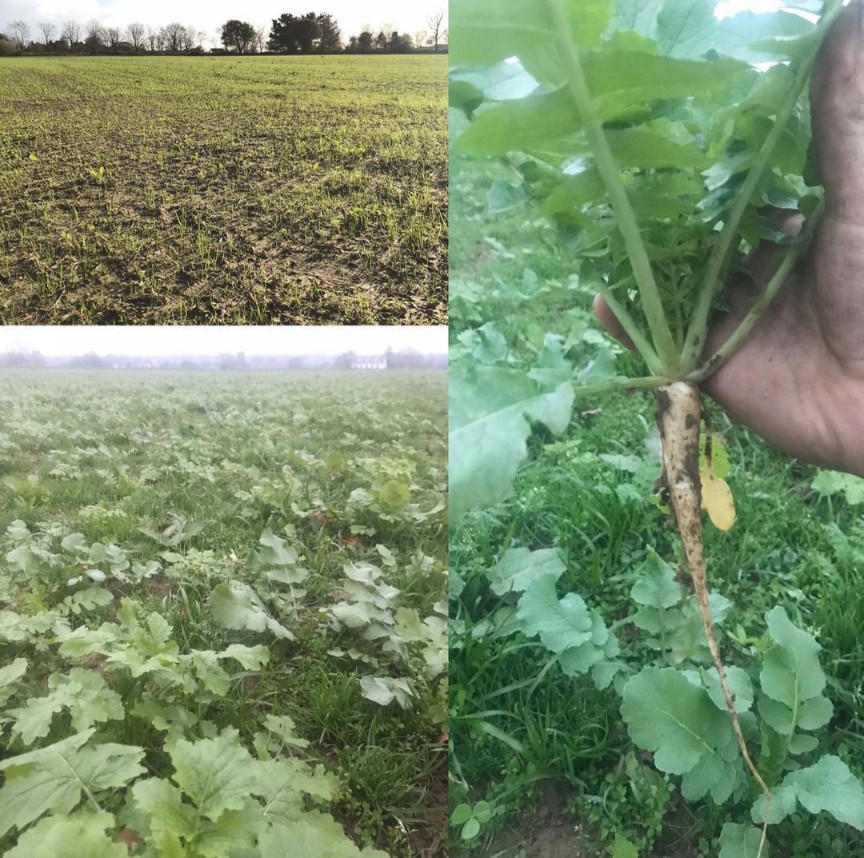
At the heart of sustainable farming lies the concept of cover cropping, wherein crops are strategically planted to cover and protect the soil during periods when the primary cash crop isn’t growing. Fodder radish proves to be an ideal candidate for this role, safeguarding the soil from erosion and nutrient loss.
Uses of Fodder Radish
Improving Soil Health and Structure
One of the primary uses of this plant is its ability to rejuvenate soil health and structure. Its deep taproot breaks up compacted layers, enhancing water infiltration, and promoting better root penetration. By aerating the soil, fodder radish creates a favorable environment for microbial activity and nutrient availability.
Natural Weed Suppression
The dense foliage of this plant is an effective tool for natural weed suppression. Its shade prevents weed growth while the plant’s decomposition releases compounds that inhibit the growth of weeds. This dual-action approach reduces the need for chemical herbicides, aligning with eco-friendly agricultural practices.
Nutrient Retention and Release
It acts as a nutrient manager, absorbing excess nutrients from the soil as it grows. These nutrients are stored in the plant, preventing their leaching into groundwater. When the plant decomposes, it releases these nutrients back into the soil, enriching it for future crops.
Livestock Forage and Feed
Beyond its role as a soil enhancer, it serves as a nutritious forage option for livestock. The plant’s leaves and taproot offer valuable nutrients that contribute to animal health. When included in livestock diets, it provides vitamins, minerals, and fiber, supporting optimal growth and production.
Cover Cropping and Erosion Control
As a cover crop, it protects the soil from erosion and nutrient runoff. Its extensive root system binds the soil, preventing it from being washed away by rainwater or wind. This erosion control is particularly vital in areas prone to soil degradation.
Fodder Radish in Crop Rotation Strategies
Crop rotation benefits from the inclusion of fodder radish. Its taproot breaks disease cycles, reduces pest populations, and enhances soil structure. By diversifying crop rotations with this plant, farmers create an environment where crops thrive with minimal chemical interventions.
Enhancing Biodiversity
It contributes to the enhancement of biodiversity in agricultural systems. Its presence attracts beneficial insects and pollinators, creating a more balanced ecosystem. This diversity fosters resilience against pest outbreaks and improves overall ecosystem health.
Promoting Beneficial Microorganisms
The root exudates of fodder radish nourish beneficial soil microorganisms. These microorganisms contribute to nutrient cycling, disease suppression, and soil aggregation. The symbiotic relationship between fodder radish and soil microbes underscores its role in creating thriving soil ecosystems.
Benefits of Fodder Radish
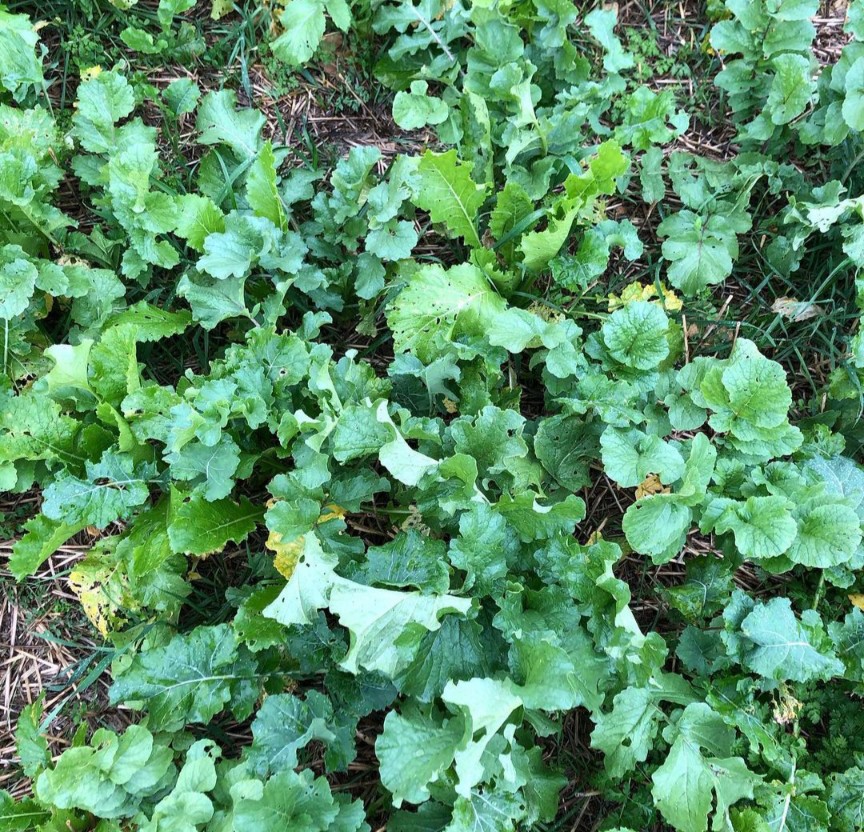
The world of agriculture is witnessing a shift towards sustainability and innovation. In this landscape, the fodder radish emerges as a true game-changer, offering a multitude of benefits that contribute to enhanced soil health, efficient crop management, and overall farm sustainability. This article delves deep into the advantages that this plant brings to the table, showcasing its significance as a valuable asset in modern agricultural practices.
- Improving Soil Structure and Health: One of the most significant benefits of this plant is its impact on soil structure and health. The plant’s deep taproot penetrates compacted soil layers, improving aeration and water infiltration. This action breaks up soil compaction, creating channels for root growth and fostering a healthier soil environment.
- Weed Management and Suppression: It offers a natural approach to weed management. Its dense foliage shades out weeds, reducing their ability to compete with crops for resources. Additionally, as the plant decomposes, it releases compounds that inhibit weed growth, lessening the need for chemical herbicides.
- Nutrient Management and Cycling: Efficient nutrient management is a hallmark of fodder radish. As it grows, the plant absorbs excess nutrients from the soil, preventing leaching and nutrient runoff. When the plant decomposes, it returns these nutrients to the soil, enriching it for subsequent crops.
- Erosion Control and Soil Conservation: Erosion is a concern in many agricultural systems. This plant acts as a soil anchor, preventing erosion by stabilizing the soil with its robust root system. This erosion control is particularly valuable in areas prone to heavy rainfall or wind.
- Enhancing Crop Rotation Strategies: Crop rotation is essential for pest and disease management. Fodder radish’s inclusion in crop rotation disrupts disease cycles, reduces pest populations, and improves soil health. This strategic approach enhances the overall sustainability and productivity of farming systems.
- Livestock Nutrition and Forage: The benefits of this plant extend beyond the field to the barn. Its leaves and taproot provide valuable forage for livestock. Rich in nutrients, it contributes to livestock health, supporting growth, reproduction, and overall well-being.
- Promoting Beneficial Insects and Biodiversity: Fodder radish’s flowering stage attracts beneficial insects and pollinators, contributing to biodiversity on the farm. These insects play a pivotal role in natural pest control, reducing the need for chemical interventions.
- Contribution to Sustainable Farming Practices: The diverse benefits of fodder radish align seamlessly with the goals of sustainable farming. From reducing chemical inputs to improving soil health and conserving resources, this plant supports a holistic approach to agriculture that benefits both the environment and the farm’s bottom line.
Environmental Impact and Soil Health
The positive environmental impact of this plant is noteworthy. As its taproot grows, it effectively breaks up compacted soil layers, facilitating better drainage and root penetration. This enhanced soil aeration prevents waterlogging and fosters conditions conducive to healthy plant growth.
Fodder Radish as a Natural Weed Suppressant

The dense foliage of this plant serves a dual purpose: shading out competitive weeds and releasing natural compounds that inhibit weed growth. This biological weed suppression reduces the reliance on chemical herbicides, aligning with sustainable and environmentally friendly farming practices.
Nutrient Retention and Improved Soil Structure
Fodder radish’s ability to absorb excess nutrients during its growth phase plays a crucial role in nutrient retention. These absorbed nutrients are later released into the soil as the plant decomposes, enriching it for subsequent crops. Additionally, the improved soil structure resulting from the taproot’s action benefits overall soil health.
Planting and Growing Fodder Radish
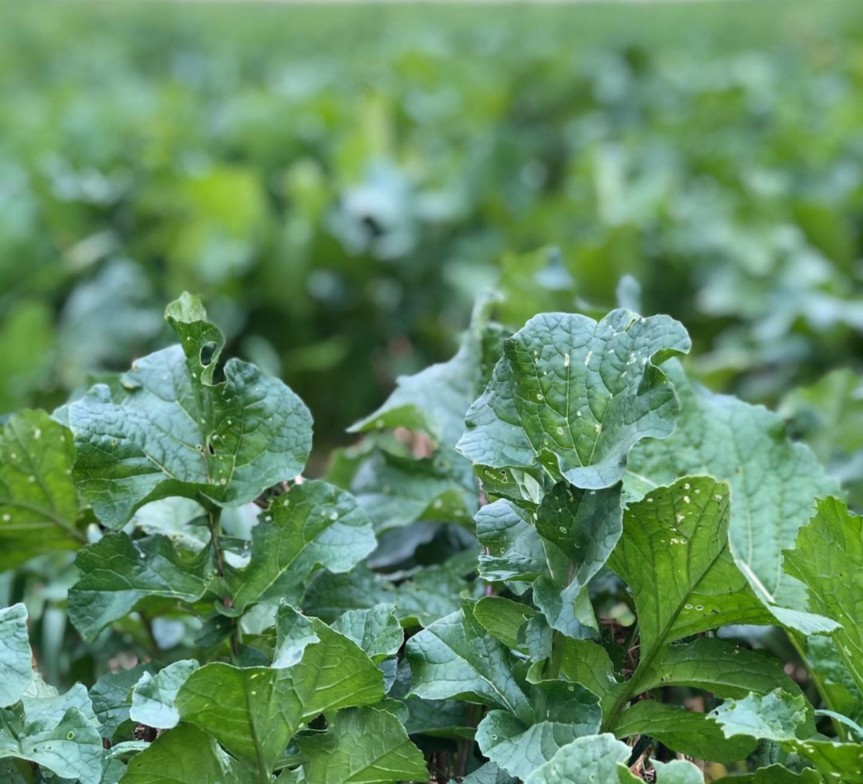
The process of planting and growing fodder radish is straightforward. Seeds are broadcasted over a well-prepared seedbed, and the plant requires minimal maintenance throughout its growth cycle. Its adaptability to various soil types and minimal care requirements make it an attractive choice for both experienced and novice farmers.
Fodder Radish in Crop Rotation Strategies
In the realm of crop rotation, fodder radish assumes a pivotal role. Its deep-rooted nature disrupts disease cycles and promotes soil health, setting the stage for robust crop growth in subsequent planting seasons. This integration enhances the overall sustainability and productivity of the farming system.
Harvesting, Utilization, and Decomposition
Fodder radish is typically terminated before it reaches full maturity to prevent seed production and subsequent weed issues. Farmers can choose to incorporate the terminated plant material into the soil as green manure or use it as livestock feed. As it decomposes, it continues to contribute to soil nutrient levels.
Fodder Radish Research: Exploring Varieties and Traits
The agricultural community’s ongoing commitment to innovation has led to the development of diverse this plant varieties. These varieties may prioritize traits such as biomass production, nitrogen fixation, pest resistance, and adaptability to specific growing conditions. This ongoing research aims to maximize the benefits of this plant in various agricultural contexts.
Fodder Radish Success Stories: Insights from Farmers
Real-world experiences of farmers underscore the value of incorporating this plant agricultural practices. Improved soil quality, increased crop yields, reduced input costs, and enhanced overall sustainability are among the positive outcomes witnessed by farmers worldwide.
Challenges and Considerations in Using Fodder Radish
While fodder radish offers a range of benefits, there are considerations to keep in mind. Nitrogen tie-up, appropriate termination methods, and integration into specific cropping systems require careful planning for optimal results.
The Future Outlook for Fodder Radish
As the global agricultural community continues to prioritize sustainable and regenerative practices, the future for fodder radish appears promising. Its capacity to address multiple challenges, from soil health to weed management, positions it as a key player in shaping the future of agriculture.
Conclusion: Cultivating a Greener Future with Fodder Radish
In conclusion, the journey through the world of fodder radish reveals a versatile and impactful cover crop that aligns perfectly with the goals of modern agriculture. Its unique ability to improve soil structure, suppress weeds naturally, and enhance nutrient retention underscores its significance in cultivating a greener and more sustainable future for our planet.
Frequently Asked Questions (FAQs)
Is it possible to harvest mature fodder radish for consumption?
While it’s feasible, most farmers choose to terminate the plant before maturity to maximize its benefits as a cover crop.
Does growing fodder radish demand extensive maintenance?
No, this plant is a low-maintenance crop, making it an appealing option for busy farmers.
How does fodder radish naturally suppress weeds?
Fodder radish’s dense foliage shades out weeds, and as it decomposes, it releases compounds that hinder weed growth.
Is fodder radish compatible with organic farming practices?
Yes, the natural benefits of this plant align with the principles of organic farming, making it a valuable addition to organic systems.
Can fodder radish thrive in all soil types?
Yes, this plant is adaptable to a wide range of soil types, contributing to its popularity among farmers.



